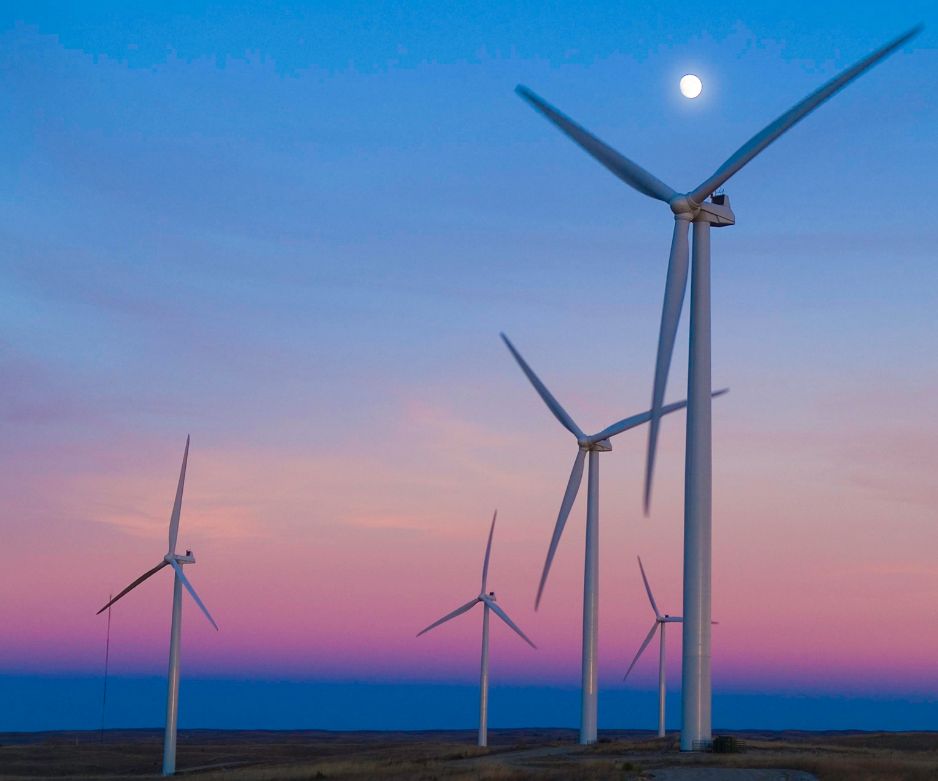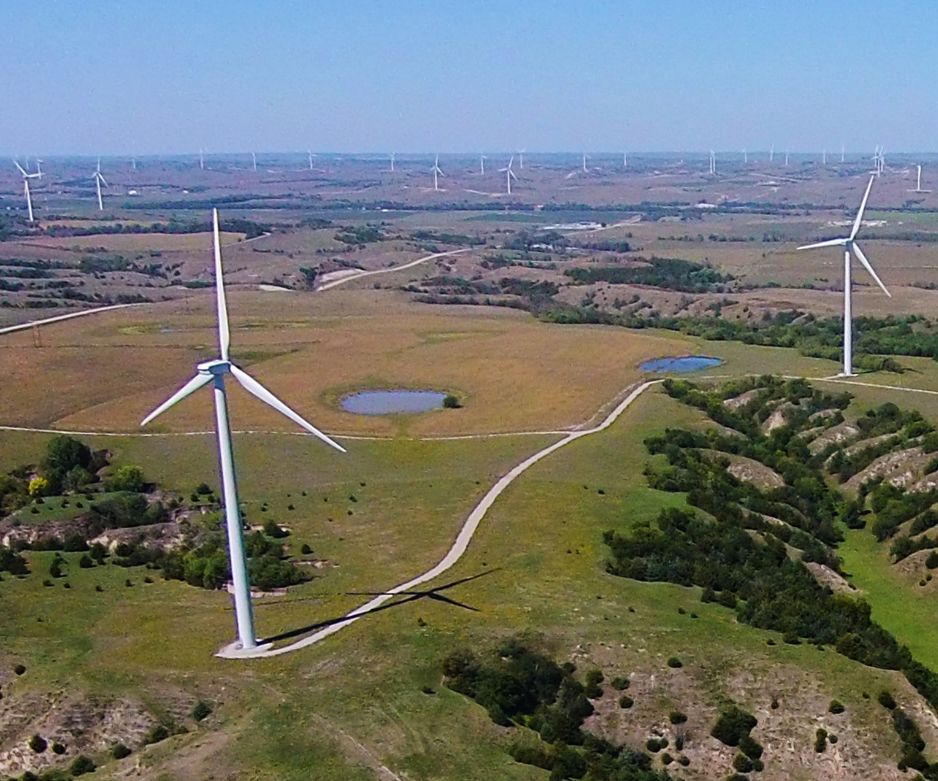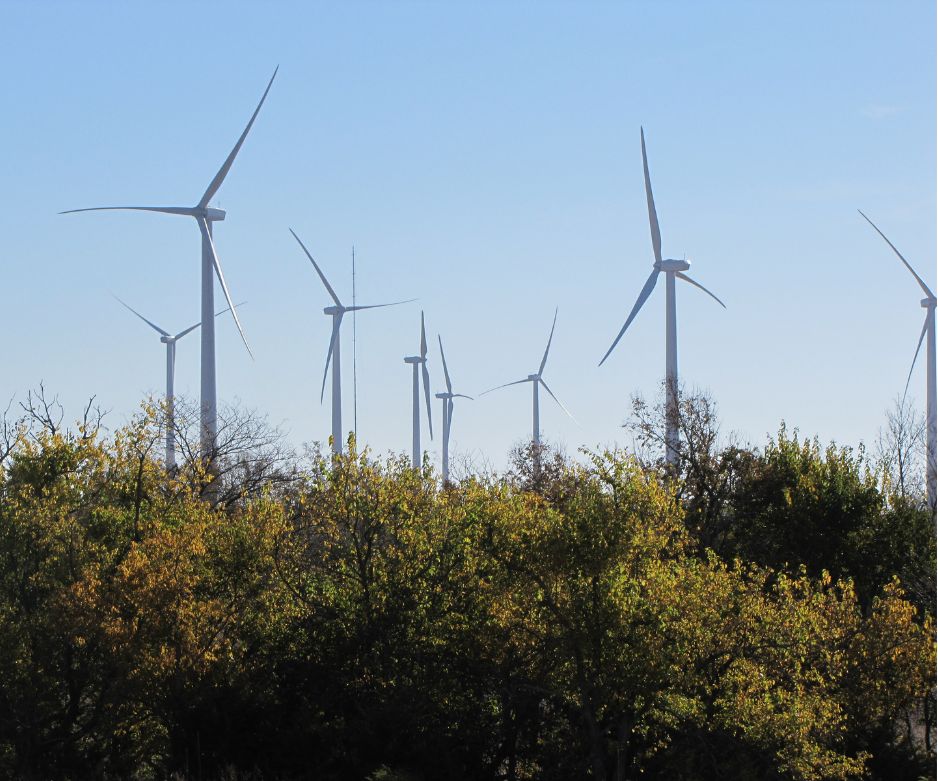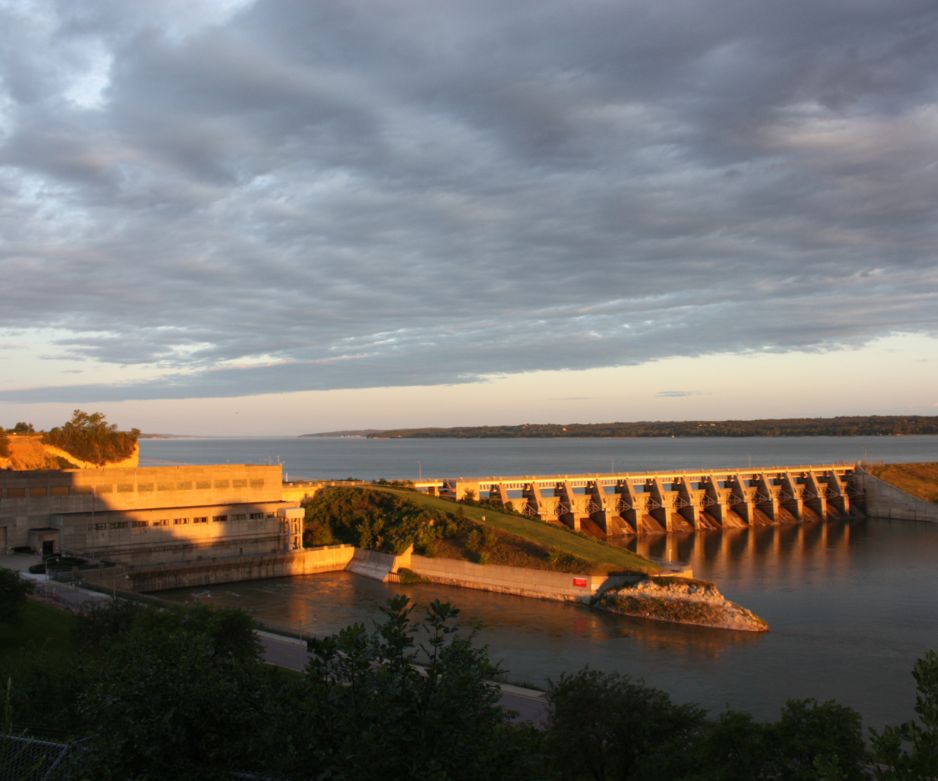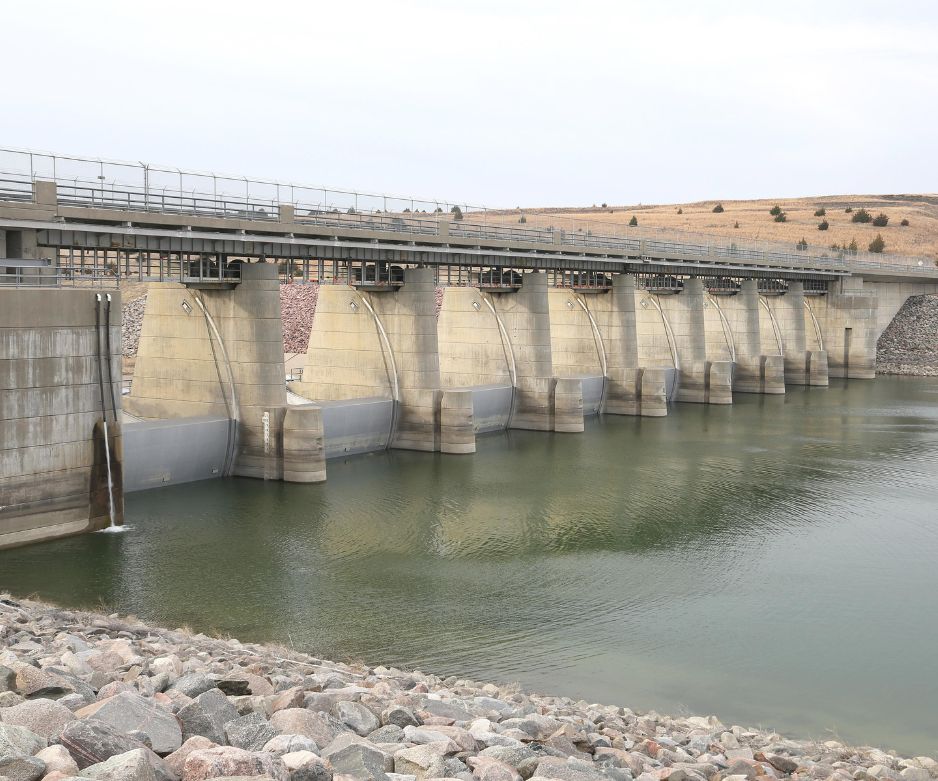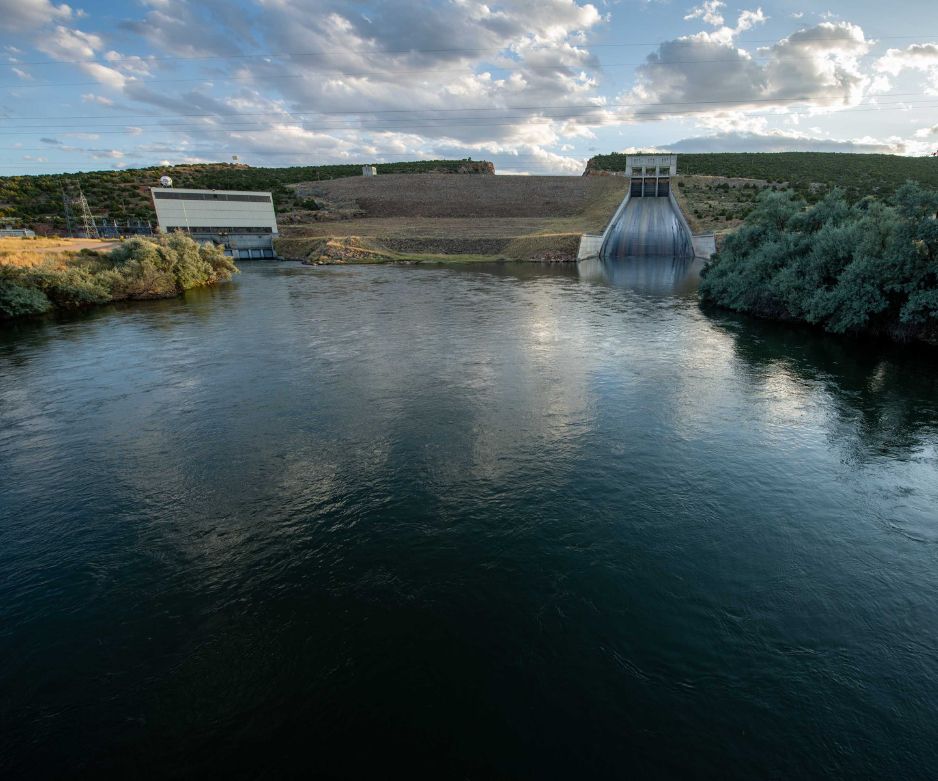
Giving Growth Full Power
OPPD is in the midst of a massive effort to double its generation capacity by the end of this decade amid surging customer demand, while simultaneously working to achieve net-zero carbon by 2050. Our diverse energy portfolio paired with planned generation additions will help ensure our customers have the power they need, when they need it, as our communities continue to thrive.
OPPD's Current Fuel Sources for Generation
Note: OPPD ceased operations at Fort Calhoun Nuclear Station and began decommissioning the plant in 2016 because it was no longer economically feasible to operate. For the latest news at Fort Calhoun Station, visit The Wire.
Thermal Stations
OPPD has seven power stations fueled by natural gas, oil and/or coal. Together, these plants are capable of producing more than 3,200 megawatts (MW).
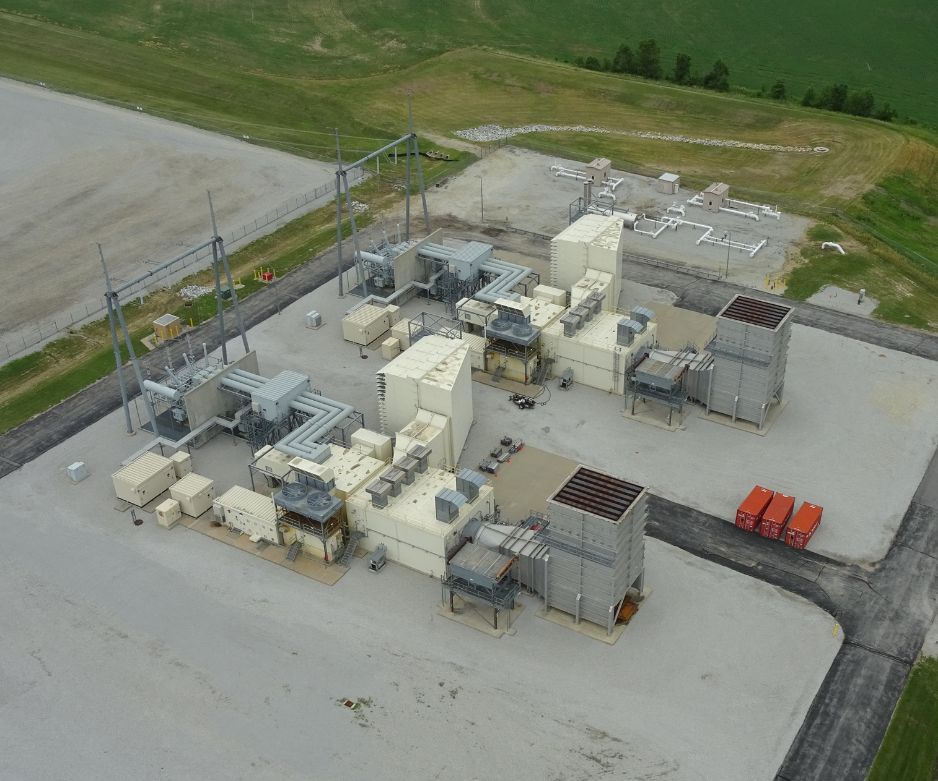
Cass County Station
Fuel Type: Natural Gas
Capacity: 323.8 MW
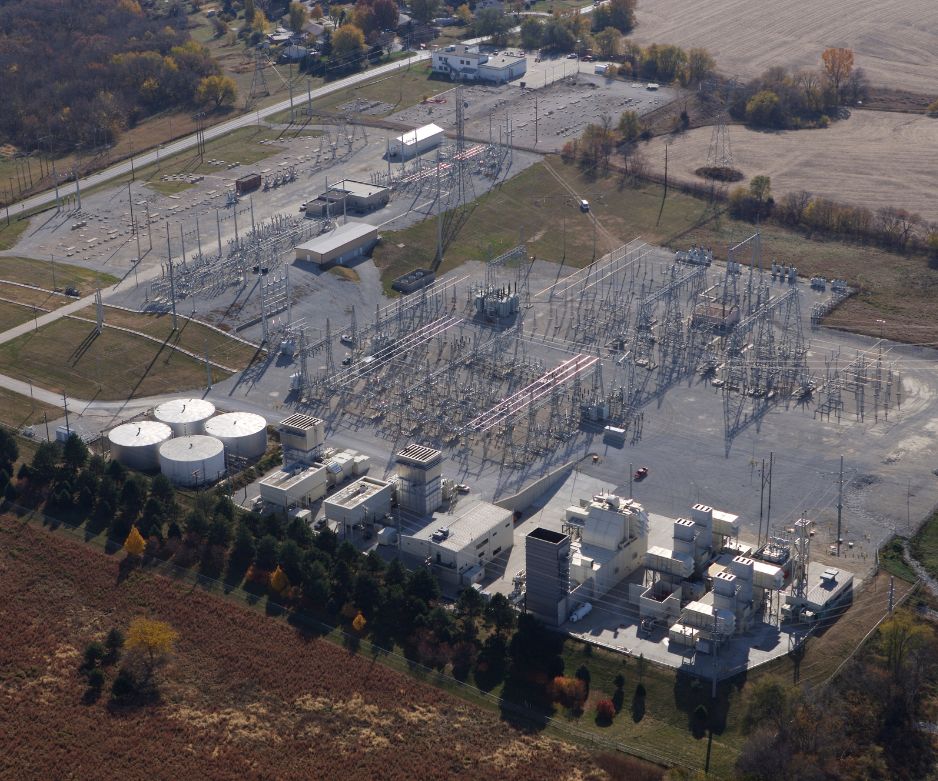
Sarpy County Station
Fuel Type: Natural Gas & Oil
Capacity: 316.4 MW
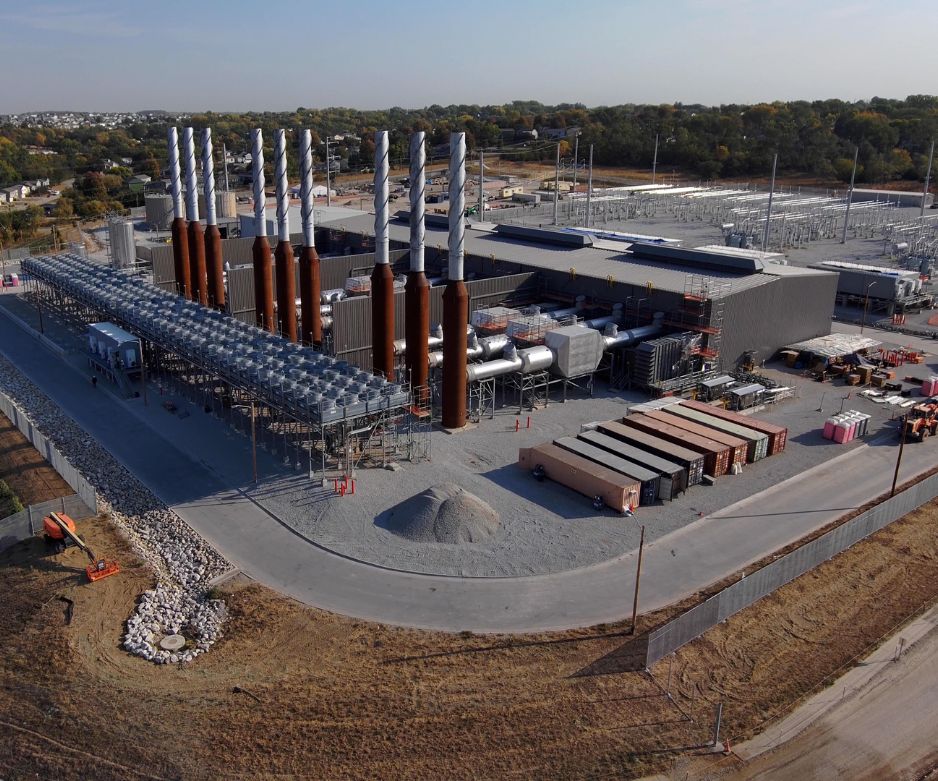
Standing Bear Lake Station
Fuel Type: Natural Gas & Oil
Capacity: 150 MW (operational 11/11/25)
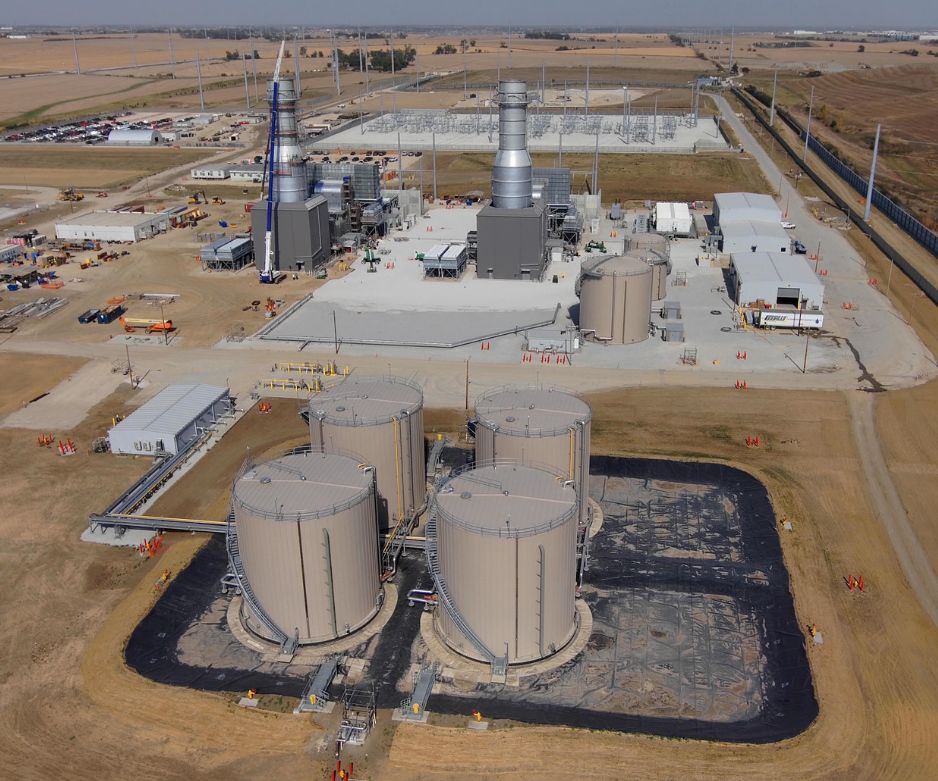
Turtle Creek Station
Fuel Type: Natural Gas & Oil
Capacity: 450 MW (operational 6/17/25)
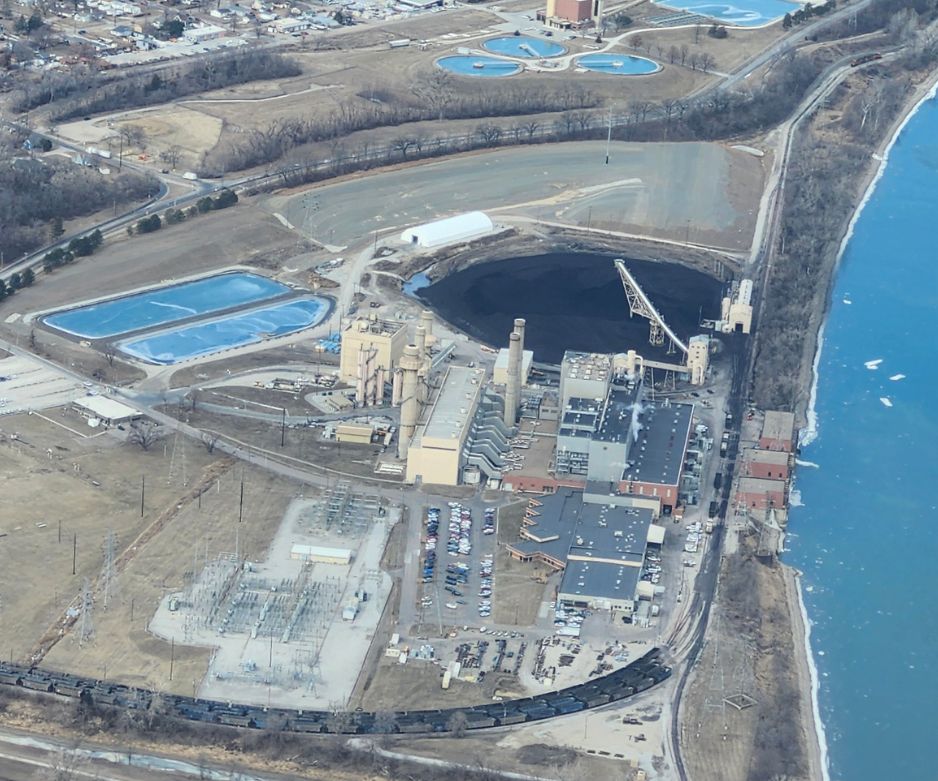
North Omaha Station
Fuel Type: Natural Gas & Coal
Capacity: 562.8 MW
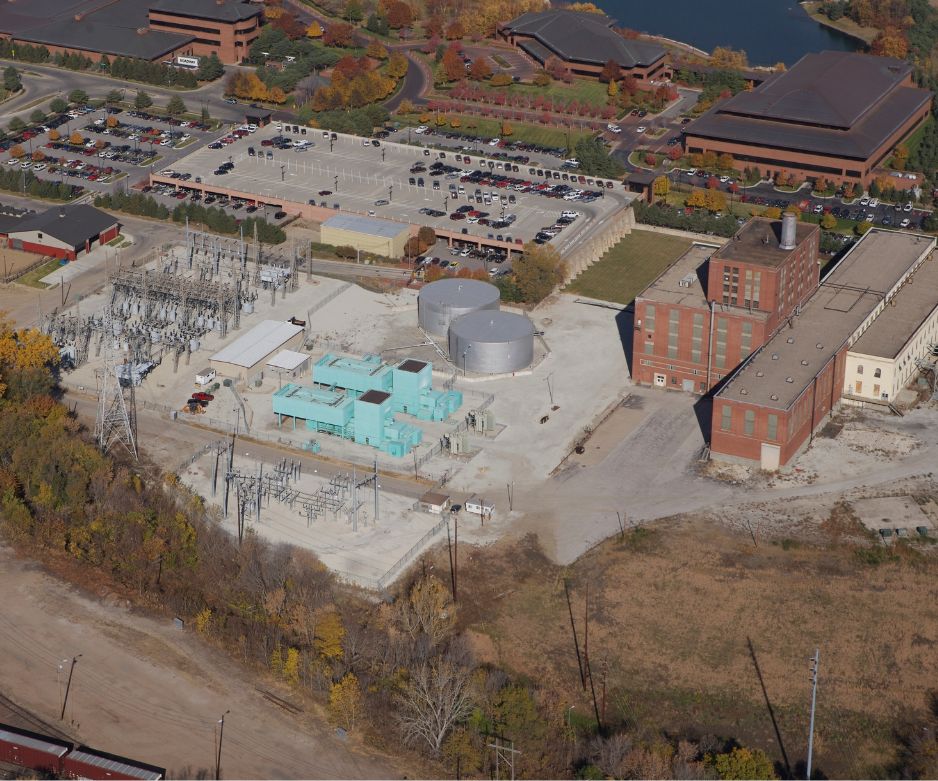
Jones Street Station
Fuel Type: Oil
Capacity: 123.4 MW
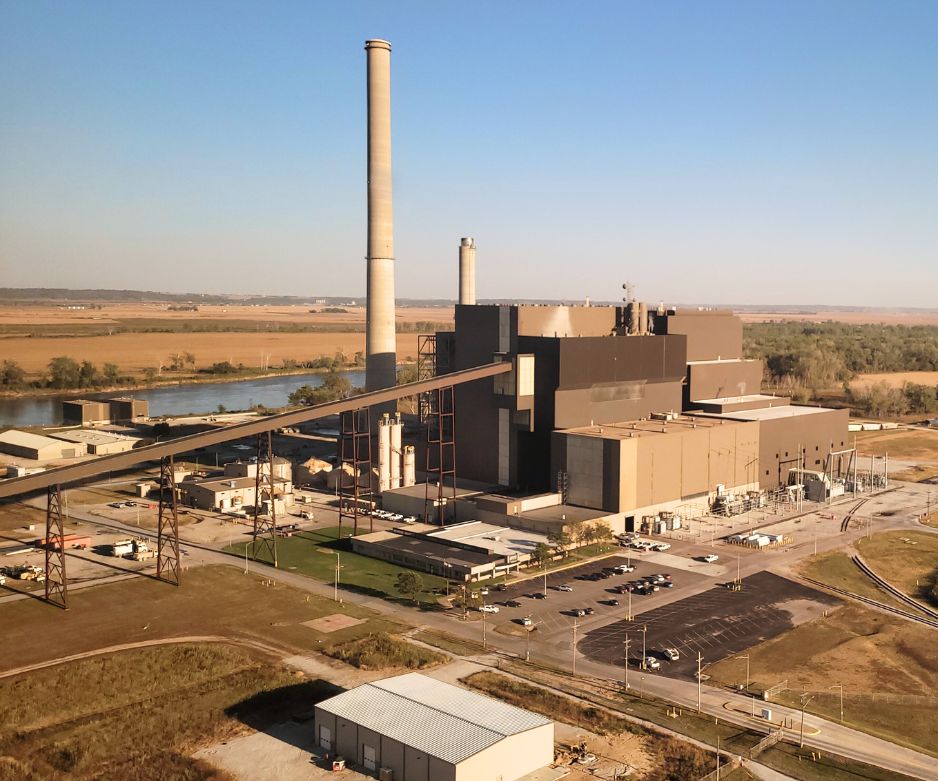
Nebraska City Station
Fuel Type: Coal
Capacity: 1,337.5 MW
OPPD has partnered with Kiewit Corporation, an Omaha-based construction and engineering firm, to add new natural gas generation and upgrade two existing natural gas turbines. The agreement paves the way for three new natural gas units at Cass County Station and one additional unit at Turtle Creek Station.
Solar Generation
OPPD has purchase power agreements on two solar facilities. Combined, the facilities are capable of producing 86 MW.
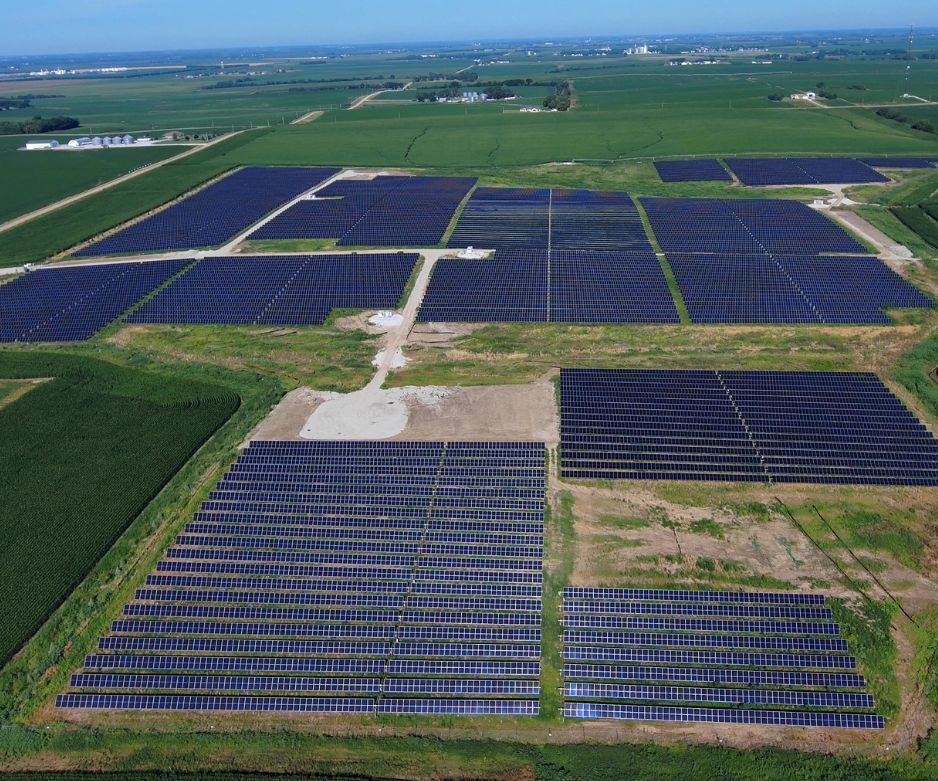
Platteview Solar Facility
Utility-Scale Solar
Capacity: 81 MW
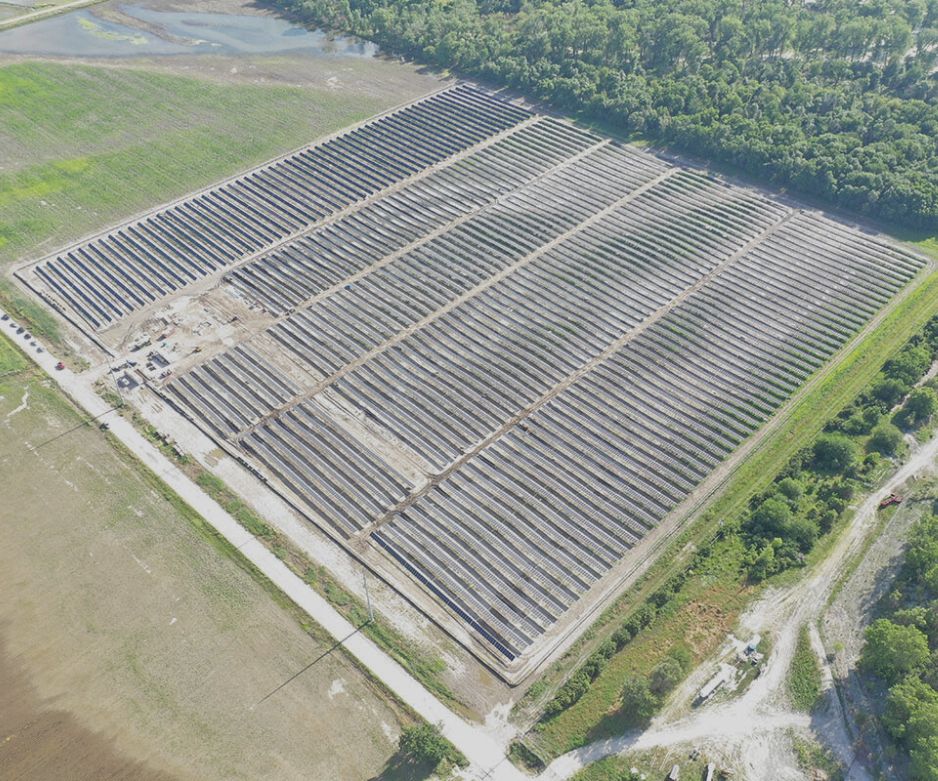
Fort Calhoun Community Solar Facility
Community Solar
Capacity: 5 MW
Wind Generation
OPPD has purchase power agreements with several Nebraska wind farms, scattered across the state from north-central to southeast. Because it is intermittent, wind energy supplements baseload generation.
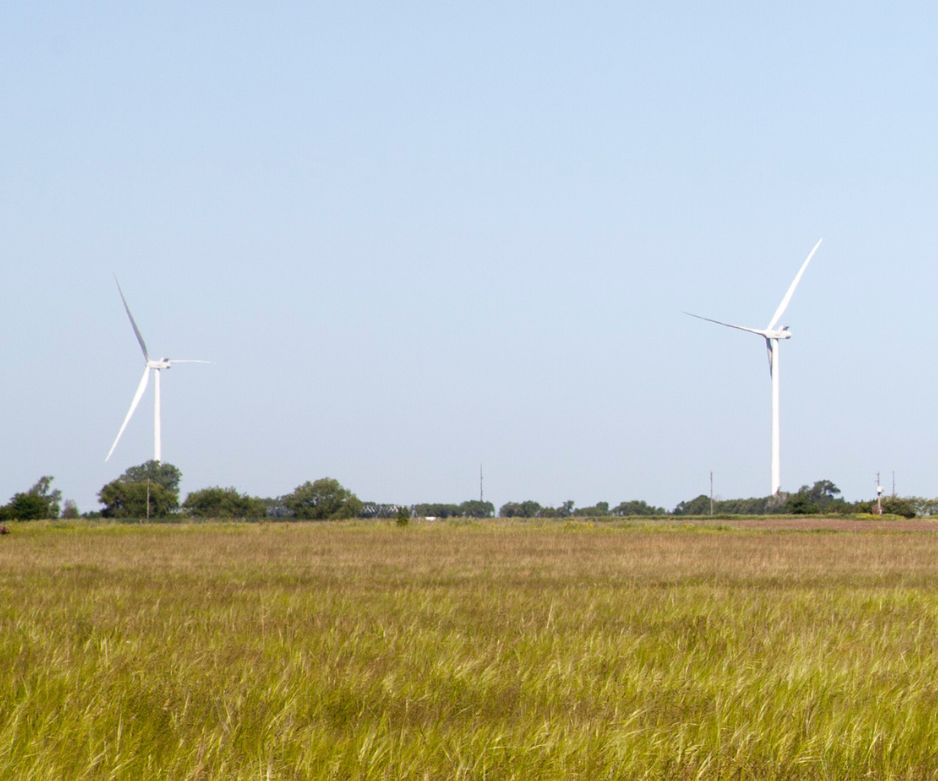
Grande Prairie
Capacity: 400 MW
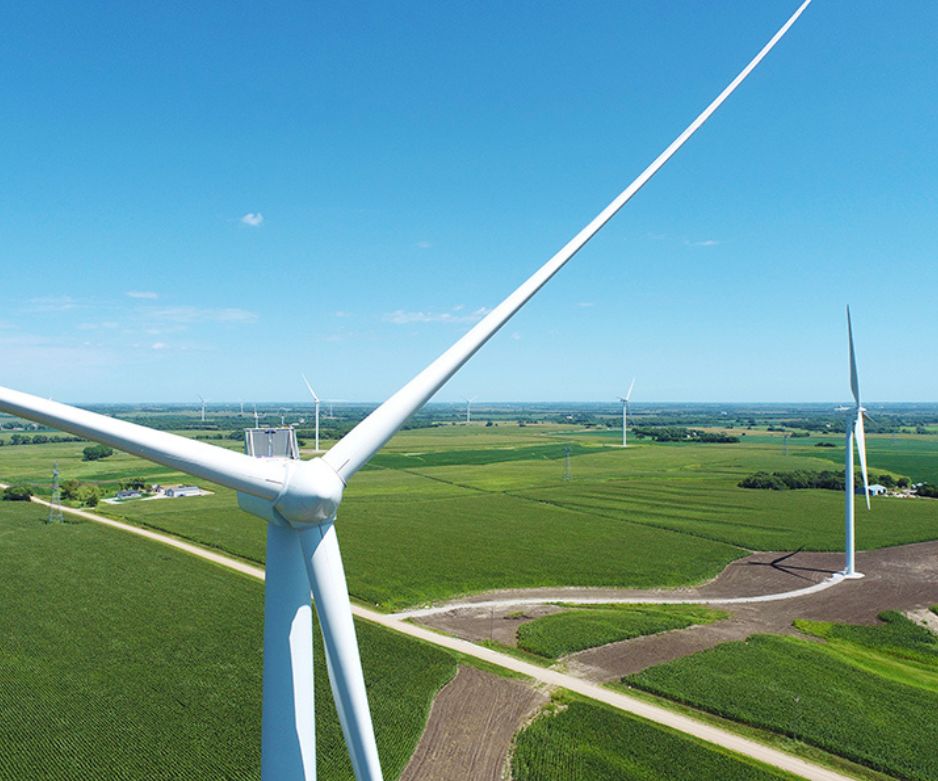
Milligan I
Capacity: 300 MW
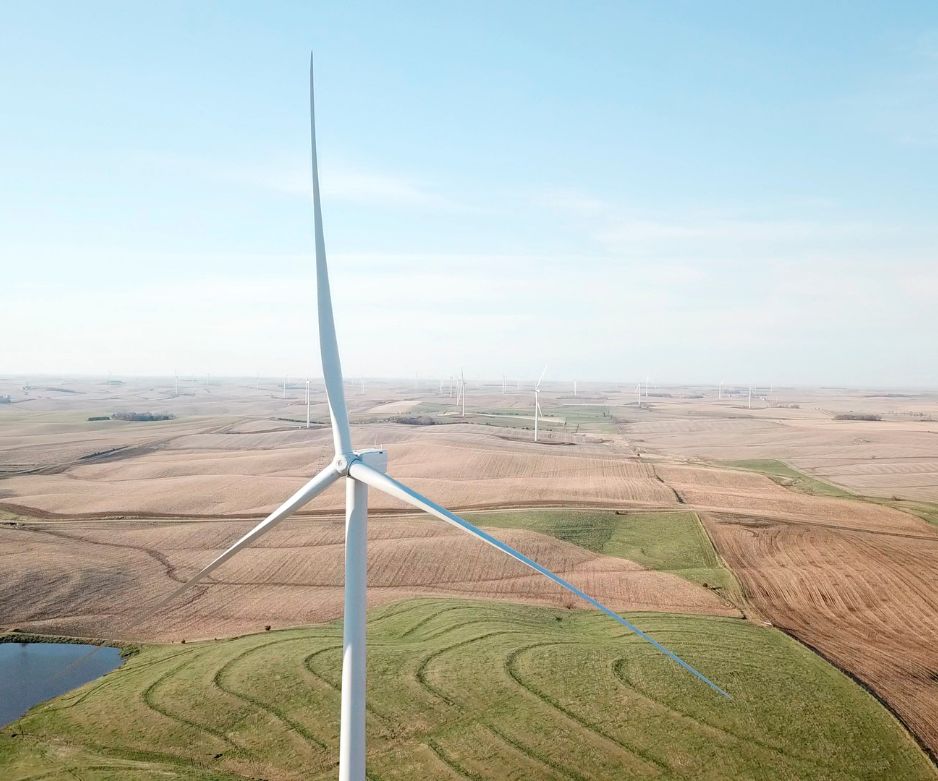
Sholes
Capacity: 160 MW
Not pictured: Crofton Bluffs (13.6 MW), Elkhorn Ridge (25 MW), High Banks (600 MW capacity only), Petersburg (40.5 MW) & Prairie Breeze (200.6 MW)
Hydroelectric Power
OPPD has a long-term contract with the Western Area Power Administration (WAPA) to receive up to 81.3 MW of hydroelectric power.
Integrated Resource Plan
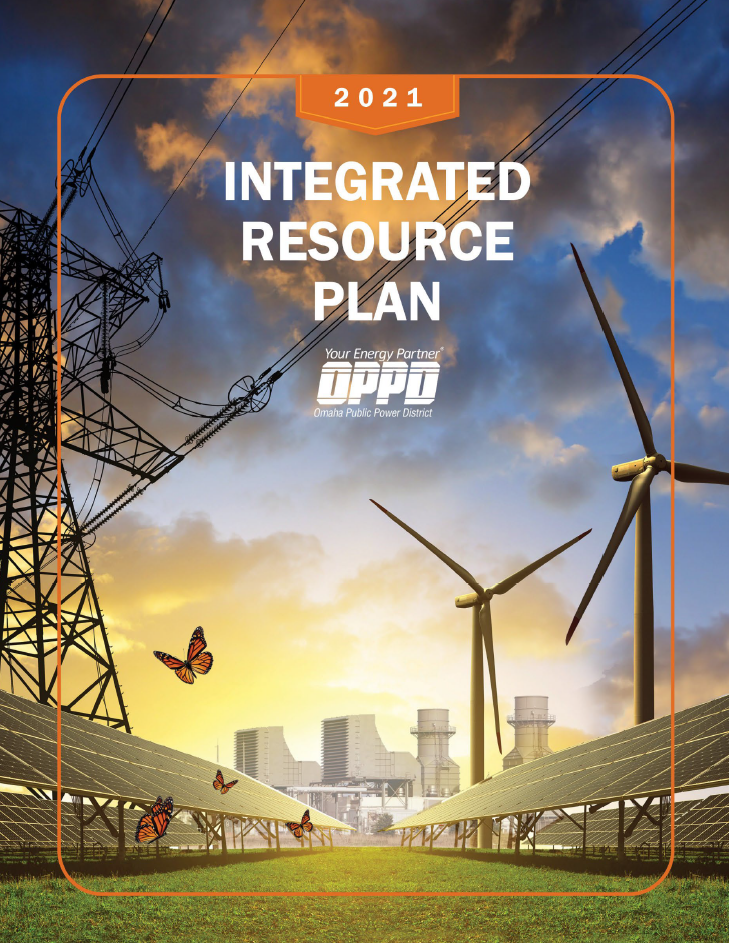 In keeping with our mission of providing affordable, reliable and environmentally sensitive energy services to our customers, OPPD is committed to maintaining a diverse energy portfolio. With dynamic changes taking place in the utility industry, OPPD regularly reviews its generation resource options.
In keeping with our mission of providing affordable, reliable and environmentally sensitive energy services to our customers, OPPD is committed to maintaining a diverse energy portfolio. With dynamic changes taking place in the utility industry, OPPD regularly reviews its generation resource options.
In February 2022, OPPD submitted an updated Integrated Resource Plan (IRP) to the Western Area Power Administration (WAPA), with whom we have a long-term contract to receive hydroelectric power (WAPA is one of four power marketing administrations within the federal Department of Energy).
We use a comprehensive, decision-support tool to evaluate resource options for the IRP. We analyze such things as market conditions, costs, load requirements, regulation, new technologies and customer preferences. The resulting IRP serves as a road map for future generation and power purchases. We are currently developing our IRP for 2026 and will engage in a robust public participation effort.
As the utility industry continues to rapidly evolve, OPPD will adjust its assumptions and resulting plans for serving the electrical demand of our customer-owners.
Archived IRP's

As a public power utility, OPPD seeks feedback from its customer-owners and other stakeholders on important issues that relate to our mission of providing affordable, reliable and environmentally sensitive energy services.
OPPD uses OPPDCommunityConnect.com as a tool engage with customer-owners. We want every member of our 13-county community to consider this a platform to connect. At OPPDCommunityConnect, you can learn more about what we're doing and share input, insights and ideas with us. Visit us here to learn about our goals, concerns and efforts - and share your own.








